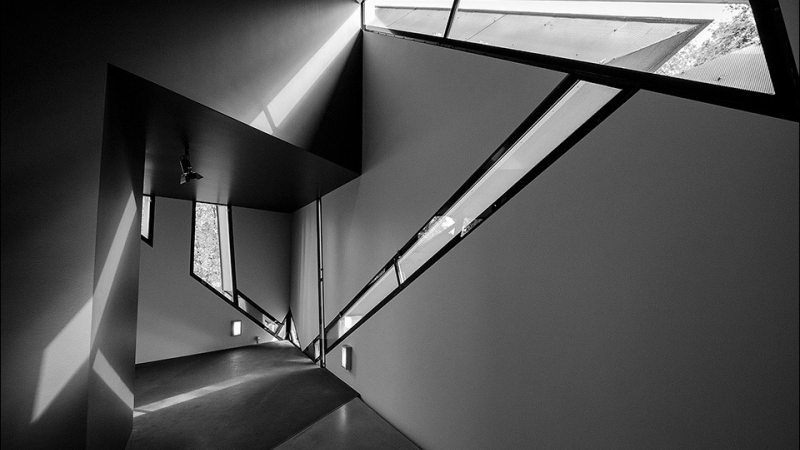Mar 26, 2020
Staff+
The light in the architecture

The light as an architectural tool
The term “light,” by definition, refers to the section of the electromagnetic spectrum visible to the human eye. As any other electromagnetic force, light interacts with the physical and nonphysical matter that surrounds it and has always played a fundamentally important role in every aspect of our lives.
Light has become increasingly meaningful through the centuries, even impacting the field of architecture. Its role in architecture is to enrich an environment and infuse it with emotion through its interaction in space. It possesses the ability to shape space, softening or hardening surfaces, volumes and profiles, generating an ever evolving experience. Architecturally, the interdependent relationship between light and color is also of growing interest.

Light as art and matter
Throughout history, architecture has continued to encompass the art of using light. In Roman times, the first heavy structures were developed with the intention of being internally defined by light. The Pantheon is as an example of this concept, as is the “domus,” a home occupied by the upper classes in Ancient Rome with large, central, empty rooms that allowed sunlight to enter, illuminating interior spaces and fabrics. In these cases, the purpose of light was mostly functional. With the fusion of the Roman and Early Christian cultures, however, light began to gain symbolic significance; it became a divine instrument that transformed and expanded with the advent of Byzantine art.
Contrastingly, the thick walls of the subsequent Romanesque period, built to withstand the weight of ribbed and barrel vaults, greatly reduced the brightness of building interiors, with light being modulated by small, thin slices in the wall that created an austere and somber atmosphere.

The light from Renaissance
It was during the Renaissance that intense light returned as a protagonist of built space, followed by the theatrical and suggestive lighting typical of the Baroque. During this period first emerged the idea of flooding a space with light while hiding or somehow masking the light source itself.
The next important advancement came at the end of the nineteenth century, during the Art Nouveau, when light transformed to acquire soft, enveloping lines with the buildings of some of the most important architects in history: from the evocative constructions of Gaudí, the “functional” light of Le Corbusier and the modern buildings of Alvar Aalto which model surfaces to make them true light reflectors.
Light has the ability to create the space that surrounds it, revealing its essence with a power that goes beyond simply illuminating an object; it becomes a means of construction, efficient and emotional, yet completely untouchable.

Tags:
Comments
There is no comment